While the majority of water is delivered to homes, offices, schools, and other buildings either through a public water system, more rural or remote areas across the state may need to rely on private sources of water when public infrastructure does not exist.
About 90% of California residents receive their drinking water from a public water system, with the remaining residents relying on private wells or other sources.
Individuals who are likely to use private sources of water include those living in rural or remote areas where public water systems are not available or accessible. This often includes farmers, ranchers, and residents of small communities who rely on private wells or small community water systems for their water supply.
Additionally, some homeowners may choose to use private sources of water for specific needs, such as irrigation or livestock, even if they have access to a public water system for their household needs.
A public water system's customer service area is the geographic location that they provide water to. In other words, the service area encompasses all residential and commercial customer connections for which the water system has a permit to provide services and can bill payment. This information is not considered sensitive or confidential.
Water Systems Across California
Service area boundaries of drinking water service providers are provided by the Division of Drinking Water at the State Water Resources Control Board.
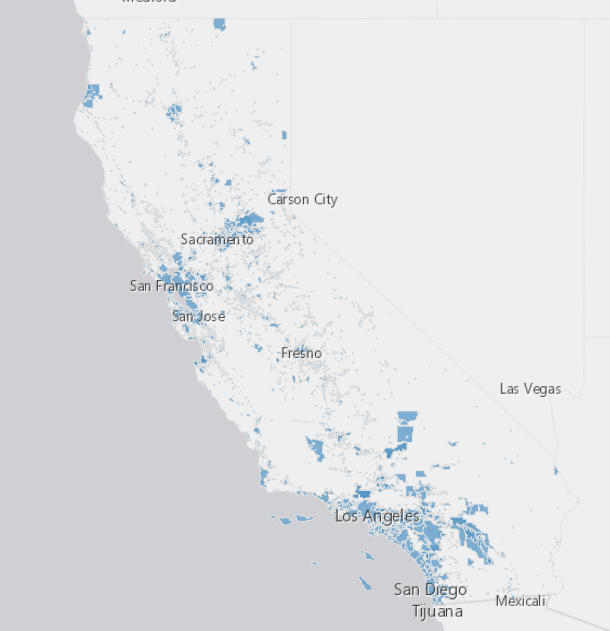
Public Water System Boundaries in California
In 2012, Tracking California initiated the Water Boundary Tool (WBT) Project, developing the WBT in an effort to map the 8,000-plus public water systems in California. With participation by water systems, districts, and state programs, Tracking California was able to collect data on water systems for about 90% of the state's population.
The Tool enabled users to answer the following questions:
- Which water system supplies water to a specific address?
- What populations are served by a particular water system?
- What is the drinking water quality for a specific community?
- If there is a natural or man-made disaster in a specific location, which water systems should be contacted?
- Which populations in the state are not supplied by public water systems?
Tracking California retired the WBT on July 1, 2020. The CA Waterboards was inspired by the vision and successes of the WBT to initiate their own effort to maintain and update the drinking water service area boundaries.
You can access the data via the button above or by contacting them at ddw-plu@waterboards.ca.gov
Water Systems Resources

CA Drinking Water System Service Area Boundaries Map
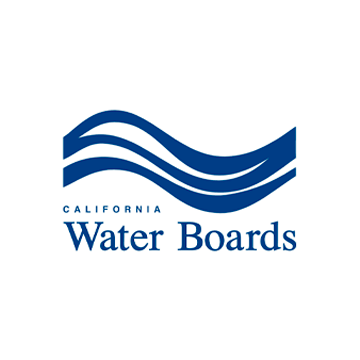
State Water Resources Control Board
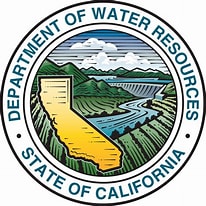
California Department of Water Resources

California Water Data Tool from Community Water Center (CWC)
The California Water Data Tool displays information about the ways that communities across the state might be vulnerable to groundwater challenges that could affect their access to long-term safe and affordable drinking water.

U.S. EPA Safe Drinking Water Information System (SDWIS)
The Safe Drinking Water Information System (SDWIS) displays a list of water systems in the EPA's Safe Drinking Water Information System (SDWIS). You may select among four possible search options: water system name, county name, population served, and/or system status.
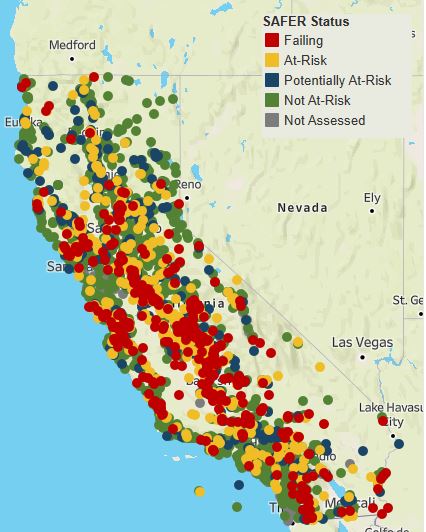
Drinking Water Systems with Violations Tool
The Drinking Water Systems with Violations Tool displays information on Drinking Water Systems with violations including type of violation, system population and service connections, median household income, amount and type of financial assistance a system is receiving from the state, and more.

Drinking Water Watch from Division of Drinking Water (DDW)
The Drinking Water Watch displays public water systems (PWS) location, facilities, sources, and samples. The dataset provides multiple CSV extracts for all PWS, all water source facilities, and all sample points. You can also use the California County Map to search for water systems.
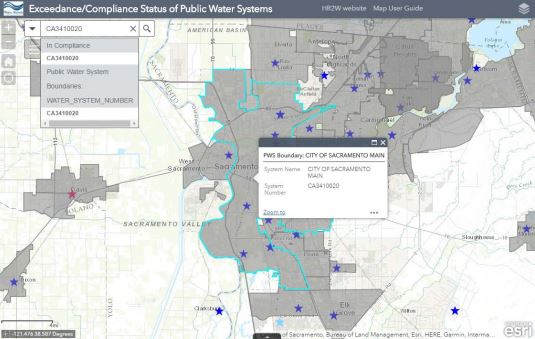
Exceedance/Compliance Status of Public Water Systems
The Exceedance/Compliance Status of Public Water Systems displays data from public drinking water systems that have had an or are in exceedance of a federal/state primary or secondary drinking water standard.
